Sinking of SS Principessa Mafalda was Italy’s Titanic moment
Ninety years ago today disaster struck the Italian luxury liner SS Principessa Mafalda. Years later the princess it was named for, also died in tragic circumstances.
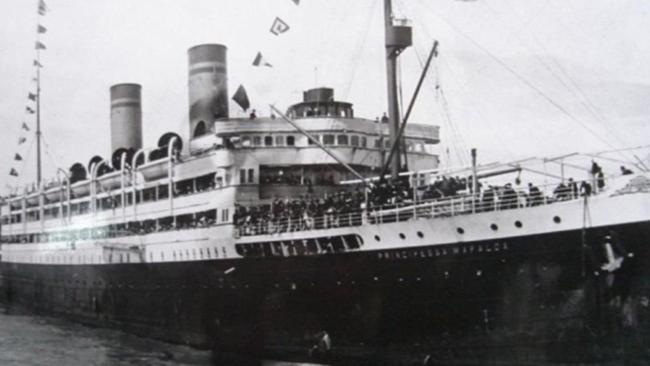
Today in History
Don't miss out on the headlines from Today in History. Followed categories will be added to My News.
To passengers boarding the SS Principessa Mafalda in October1927, the pre-World War I vessel would have looked decidedly antique. But as they settled in for the voyage from Genoa to Buenos Aires they had no idea just how badly the old-world luxury liner had aged.
Many were migrants heading for the New World who wouldn’t expect see much in the way of luxury. But even the first class passengers travelled in less than comfortable circumstances as the ship suffered malfunctions that affected plumbing and food supplies.
Then, 90 years ago today, the Principessa Mafalda snapped a propeller shaft off the coast of Brazil and sank to the bottom of the ocean taking with it hundreds of passengers. It was one of the worst maritime disasters in Italy’s history.
The ship was one of a pair of liners commissioned by Lloyd Italiano, an Italian shipping company operating between Italy and South America which in 1904 merged with the much larger Navigazione Generale Italiana (NGI). The ships were named after the daughters of Italy’s King Victor Emmanuel II. Principessa Mafalda, named after his youngest daughter, Mafalda Maria Elisabetta Anna Romana of Savoy, was preceded by SS Principessa Jolanda, named after his eldest daughter, Princess Jolanda Margherita of Savoy.
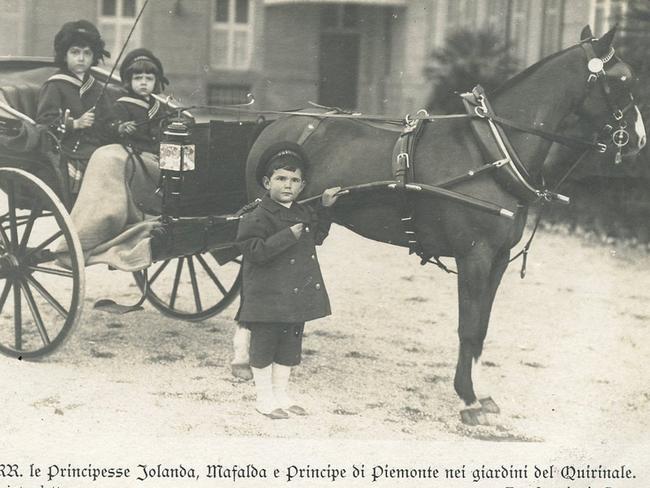
Principessa Jolanda was Italy’s largest, luxury ocean liner of its time but suffered a terrible accident when it was launched in 1907. Launched fully fitted out on its upper decks it had no ballast in its hold or coal in its engine room. Top heavy and rolling too quickly down the slipway, it keeled over and sank. No lives were lost but Principessa Jolanda was unsalvageable and broken up for scrap.
The shipbuilders were more careful with Principessa Mafalda in 1908. Much of the superstructure was not installed when it rolled down the slipway. At about 150m long, 17m wide and a gross registered tonnage of 9210 tons, Principessa Mafalda was Italy’s biggest luxury liner at the time.
While builders finished fitting out the ship, radio pioneer Gugliemo Marconi conducted experiments on deck, to determine whether solar radiation affected radio transmissions.
The ship made its maiden voyage, from Genoa to Buenos Aires, in 1909, carrying migrants to South America and bringing seasonal agricultural workers home.
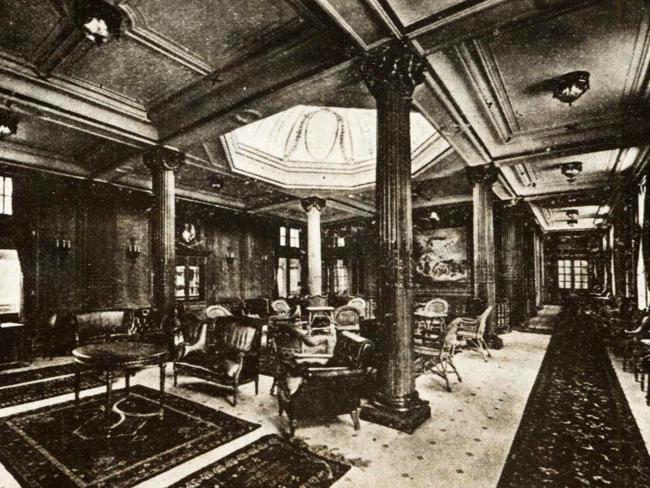
In 1914 the ship made its only voyage to New York, delivering American citizens fleeing the war looming in Europe. The ship was then requisitioned for war service as a transport. After sustaining damage from an Austrian torpedo it was sent to Taranto for repairs where it was used to house officers.
The ship returned to its pre-war route to South America in 1918, but was beginning to lose its former lustre.
A false report went around the world in January 1920 that Principessa Mafalda had been sunk by a mine killing 700 people.
In 1922 the fading Mafalda was supplanted by the Augustus as NGI’s flagship. In 1927 NGI decided that after Mafalda’s 90th voyage to Buenos Aires the liner would be confined to ferrying passengers from Genoa to Alexandria.
Captain Simone Guli had a bad feeling about the final transatlantic voyage and asked to be transferred. His request was denied and on October 11 he was at the helm as Mafalda headed out of Genoa on its final voyage.
The start of the voyage was delayed by mechanical problems and the ship stopped dead in the water several times on the Atlantic crossing.
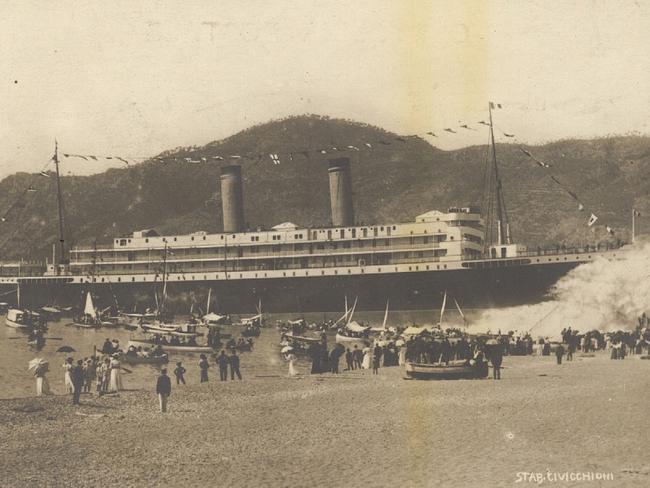
Plumbing problems left bathrooms without water and a refrigeration breakdown resulted in food spoilage and cases of food poisoning.
Fresh food was taken aboard after a stop in Rio, but when the ship set out from Brazil it developed a list to port. Passengers were disturbed by the sudden need to conduct boat drills.
On October 25, the ship was rocked by shuddering and banging noises and the crew discovered a propeller shaft had broken so violently it gashed holes in the hull. Unable to close the watertight doors, the ocean began to pour in. When it hit the boilers an explosion further doomed the vessel.
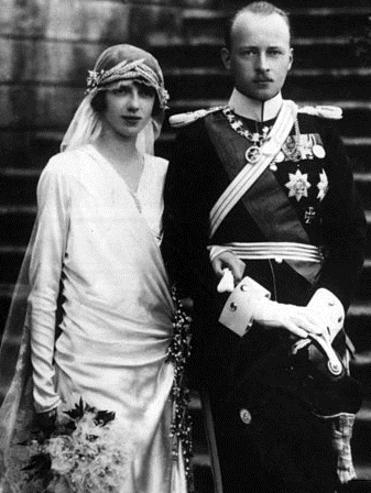
Nearby ships came to the rescue, but 309 passengers and nine crewmen died, out of the total of 1252 aboard. The high toll was attributed partly to the chaos that broke out aboard as people panicked and dived into the water. Several lifeboats were badly positioned and unusable, while many steerage passengers drowned because their cabin portholes were open in the hot tropical weather.
As a sad postscript, the ship’s namesake Princess Mafalda, who married a German nobleman, was suspected by Hitler of conducting a campaign against Italy’s fascist government. She was arrested returning from an uncle’s funeral in Bulgaria and sent to Buchenwald prison camp where she died buried under rubble in an Allied air raid in 1944. Her sister Jolanda died in 1986.
Originally published as Sinking of SS Principessa Mafalda was Italy’s Titanic moment



